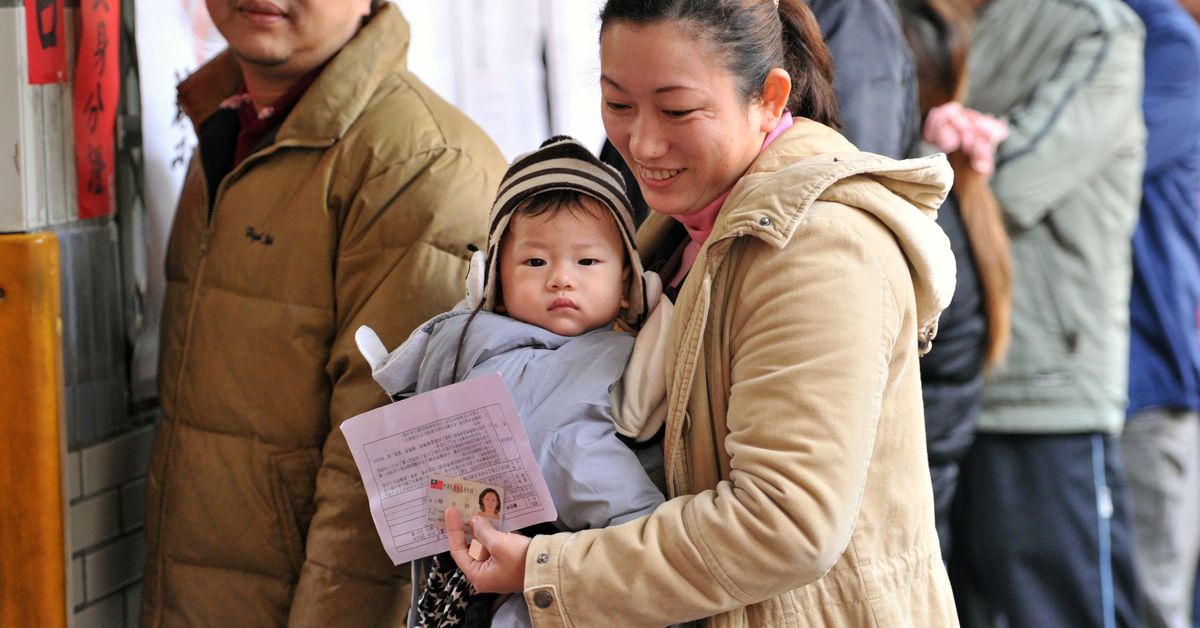These countries tried everything from cash to patriotic calls to duty to reverse drastically declining birth rates. It didn’t work.
…
If history is any guide, none of this will work: No matter what governments do to convince them to procreate, people around the world are having fewer and fewer kids.
In the US, the birth rate has been falling since the Great Recession, dropping almost 23 percent between 2007 and 2022. Today, the average American woman has about 1.6 children, down from three in 1950, and significantly below the “replacement rate” of 2.1 children needed to sustain a stable population. In Italy, 12 people now die for every seven babies born. In South Korea, the birth rate is down to 0.81 children per woman. In China, after decades of a strictly enforced one-child policy, the population is shrinking for the first time since the 1960s. In Taiwan, the birth rate stands at 0.87.



Yes, but also no. IMO, every job should at a bare minimum pay a living wage, by which I mean a wage that allows a person to live reasonably: healthy food, reliable transportation, a single bedroom apartment, the ability to do things that for entertainment, healthcare, and the ability to have a realistic retirement savings plan. While a single job may not–strictly speaking–need to be able to support a family of 4, each job should be able to support at least two people, assuming that you want each family to have at least two children.
Subsidized child care only goes so far, esp. when one or both parents are working jobs that aren’t 9-5.
OTOH, I think that a significant reduction in the human population, particularly in the most developed countries, is probably a good thing. Even if that means that the remainder need to pay sharply higher taxes (oh no, won’t someone think of the Republicans! :'( ).